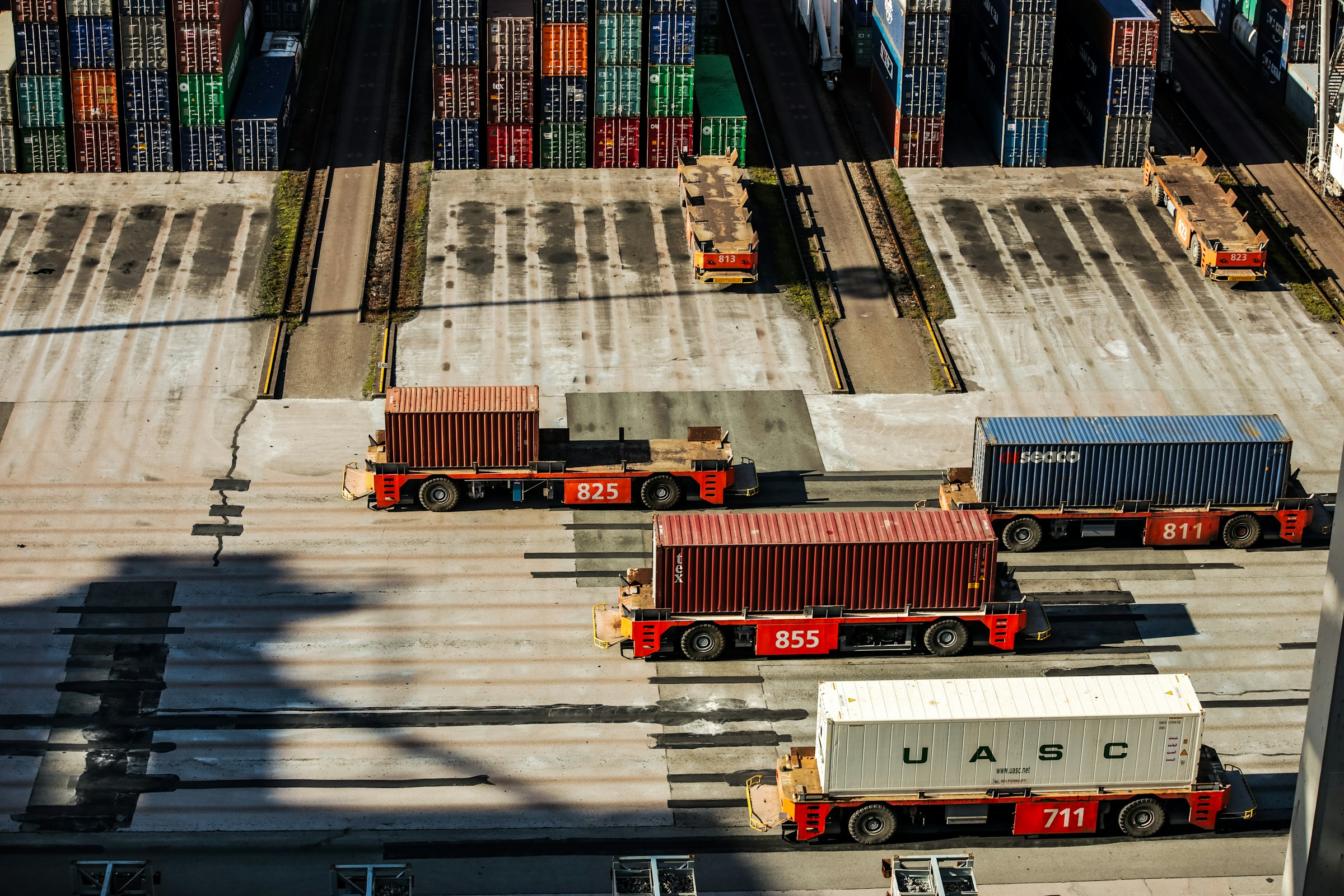While Donald Trump’s July 9 deadline for "reciprocal" tariffs came and went without resolution, the aftermath reveals a more enduring shift: Southeast Asia’s fragmented response reflects more than negotiation pacing. It lays bare how unprepared the region remains for an era of transactional trade logic.
Three countries—Vietnam, Indonesia, and the Philippines—have reportedly reached preliminary agreements. Others, from Thailand to Malaysia, remain in limbo, contending with previously announced April tariffs on key exports without clarity on how to appeal or sidestep them. The new deadline of August 1 does not guarantee cohesion; instead, it amplifies the asymmetry.
If the Trump doctrine was once “America First,” it has now matured into “America Wins, You Improvise.” For Southeast Asian policymakers, the deeper cost isn’t just tariff exposure. It’s structural: the breakdown of regional alignment and the erosion of strategic leverage.
Trump’s revived push for reciprocal tariffs is not new, but its application this round is sharper—and selectively enforced. Countries deemed to be "unfair beneficiaries" of US trade openness were handed blanket 46% tariffs on a range of industrial and consumer goods in April. These could be reduced through bilateral negotiation by demonstrating reciprocal treatment.
That framing alone departs from multilateral norms. Instead of coordinating through ASEAN or leveraging collective trade blocs like RCEP or CPTPP, the Trump administration is engaging bilaterally—rewarding those who move quickly and penalizing those who hesitate. This design fragments the region's response.
Vietnam, widely viewed as a US darling in supply chain decoupling from China, secured a reduction of its tariff rate from 46% to 20%, with a 40% levy for “transshipped” goods. That last category—undefined and unverifiable—could become a regulatory snare. Without transparency, the term invites politicized enforcement and supply chain disruption.
Indonesia and the Philippines, meanwhile, are said to have secured less aggressive schedules—though concrete terms remain undisclosed. What’s consistent is not fairness, but opacity. And that, from a strategic lens, is the point.
Reciprocity in trade normally refers to WTO-style alignment—equal concessions between partners based on economic logic. But in Trump’s design, tariffs are no longer corrective—they are conditional. They function more like levers of diplomatic compliance than tools of economic symmetry.
For Southeast Asian economies, this shifts the center of gravity. Trade no longer flows purely on comparative advantage. It flows on relationship capital, optics, and speed of political alignment. Countries that move fast—not necessarily those with the most robust arguments—get relief. This structurally disadvantages more bureaucratic or consensus-driven systems.
The Philippines, with close defense ties to the US and a newly minted pro-American tilt, saw its deal approved quickly. Malaysia and Thailand, with more hedging behavior toward China and the US, have found themselves stalled. In short, the Trump tariff structure penalizes ambiguity. Middle-ground players are treated as laggards.
What makes this round different is not just the tariff numbers—it’s the lack of systemic coordination. ASEAN, once envisioned as an economic bloc capable of collective bargaining, is conspicuously absent. No regional framework has emerged to contest the logic or shape a unified response. That void is Trump’s advantage.
Fragmentation means each Southeast Asian nation is now fighting its own tariff battle without shared leverage. This undercuts ASEAN’s long-held strategic goal: to function as a unified production base and trade platform.
It also reshapes how multinationals view the region. Firms that once built pan-ASEAN supply chains may now reconsider. If rules, definitions, and tariff treatment can shift dramatically from one border to another, the operational advantage of regional integration evaporates.
Meanwhile, the “transshipment” clause imposed on Vietnam is likely to be echoed elsewhere. That means global companies with cross-border operations in ASEAN may face new compliance audits—not from local governments, but from US customs authorities looking for rebranded Chinese-origin goods. The risk isn't just in penalties—it’s in uncertainty.
Vietnam’s ability to lower its tariff to 20% on direct exports is being framed as a win—but it’s one with caveats. The 40% penalty on transshipped goods introduces discretionary enforcement that could chill confidence in its hub status. Already, analysts point to the difficulty of proving “non-transshipment” in a region with complex, multi-stop supply chains.
In effect, Vietnam’s deal is a double-edged sword. It gains temporary relief, but becomes the guinea pig for how ambiguous compliance terms will be enforced. If US trade authorities decide that transshipment includes components of Chinese origin, even if value-added steps occur in Vietnam, the country could find itself penalized despite following long-standing industry norms.
Worse, it sets precedent. Other countries negotiating down from 46% may find that the “Vietnam model” becomes the standard—an offer wrapped in enforcement risk. It’s not a margin benefit. It’s a margin lottery.
At its core, the Trump tariff structure has exposed what many already knew but few said aloud: Southeast Asia remains diplomatically agile, but strategically fragile. While the region has made gains in attracting supply chain reallocation post-COVID and amid US-China tensions, its institutional capacity to respond as a unit remains weak.
This fragmentation is not just a tactical failure. It signals a structural gap between aspiration and execution. Southeast Asia wants to be a neutral production base. But neutrality only works when the rules are shared. Trump has re-written those rules—and no one’s playing from the same page.
If the region continues to respond piecemeal, the outcome is predictable. The strongest get carveouts. The slowest face punitive defaults. And the middle? They drift.
What Southeast Asia’s governments must now grasp is this: trying to comply faster or more cleanly isn’t a winning strategy when the rules are elastic. What’s needed is leverage—industrial, geopolitical, or capital-based—that constrains arbitrariness.
Europe uses market size. China uses state coordination. The Gulf uses capital depth. Southeast Asia must choose its anchor—or it will be pulled, deal by deal, into structurally disadvantageous terms.
The reciprocal tariff story is not about fairness. It’s about format. And unless that format is challenged or rebalanced, the region risks normalizing fragmentation as a permanent condition.















